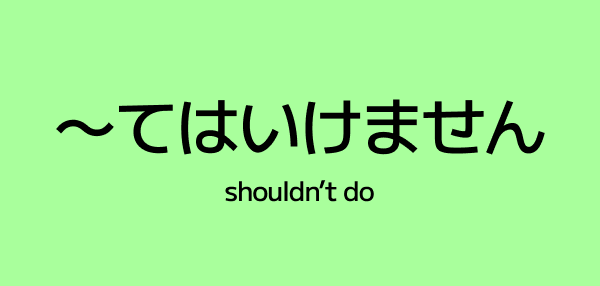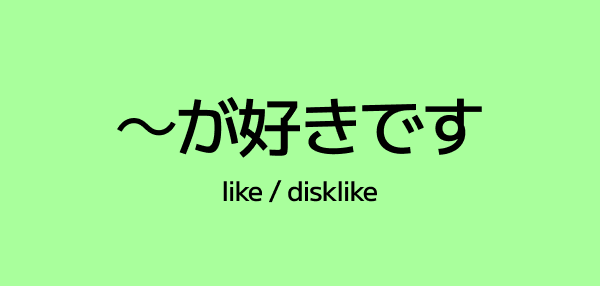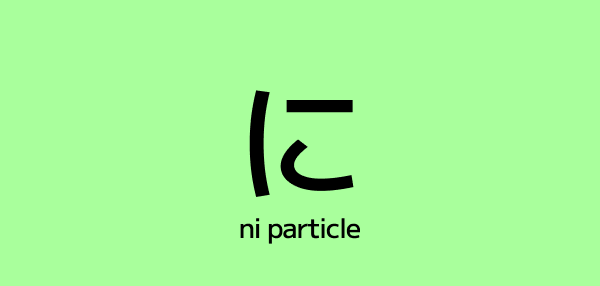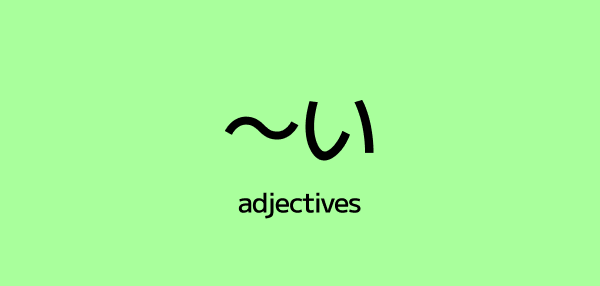~てはいけません (How to Say “You Must Not” in Japanese)

So you’ve learned how to say “please do” (~てください), and even how to ask, “Can I?” (~てもいい). But what if you want to say:
- ❌ “You can’t smoke here.”
- ❌ “Don’t enter.”
- ❌ “That’s not allowed!”
In Japanese, the grammar you’re looking for is ~てはいけません.
It’s the polite way to say “You must not…”, and it’s super common on signs, in rules, and in everyday situations where something’s off-limits.
In this guide, you’ll learn:
- What ~てはいけませんmeans
- How to form it with any verb
- Real examples of it in action
- Fun practice to help you remember
Let's get started!
What Does ~てはいけませんMean?
「~てはいけません」literally means “If you do ___, it’s no good.” But functionally, it means:
❗️ “You must not ___” ❗️ “You’re not allowed to ___” ❗️ “Don’t do ___” (polite version)
It’s formal and polite, but still firm. You’ll see it used in rules, schools, offices, and public signs.
(PS: Did you know Japanese people like to use "no good" = "NG"? Yeah, they just say NG like, literally pronounced likeエヌジー. Sorry, that was a tangent.)
How to Make the ~てはいけませんForm
Super easy!
Step 1: Put the verb into the ~てform
(のむ→のんで,はいる→はいって, etc.)
Step 2: Add 「はいけません」
Examples:
- たべる→たべて→たべてはいけません
- のむ→のんで→のんではいけません
- する→してはいけません
- くる→きてはいけません
This turns your verb into a polite prohibition, a way to say “don’t” or “not allowed.”
What Does「いけません」Mean?
「いけません」comes from the verb いける (to be acceptable / okay).
So when you say:
~ては いけません You're literally saying: "If you do ___, it’s not acceptable."
That’s why it sounds like a rule, even though it’s grammatically polite.
いけてるandいけてない(Slang)
To help put things into context,いけてるis used as slang to mean "good" andいけてないis slangy for "not good."
And derived from this, イケメン (ikemen) = いけてる めん(面)-> Nice face = good-looking (usually) guy 😍.
Real-Life Examples Using ~てはいけません
Here’s what it looks like in real life:
ここでタバコをすってはいけません。
Koko de sutte wa ikemasen. → You must not smoke here. 🚭
クラスでけいたいをつかってはいけません。
Kurasu de keitai wo tsukatte wa ikemasen. → You’re not allowed to use your phone in class. 📱
そのドアをあけてはいけません。
Sono doa wo akete wa ikemasen. → You must not open that door.
たちいりきんし!はいてはいけません!
Tachiiri kinshi! Haite wa ikemasen! → Off-limits! Don’t enter!
うそをついてはいけません。
Uso wo tsuite wa ikemasen. → You must not lie. (Classic mom line 💬)
Shorter & Casual Variations
In casual speech, you might hear:
- ~ちゃダメ
- ~じゃダメ
- ~ちゃいけない
They all mean “don’t do it,” but are less polite.
Examples:
- のんじゃダメ!→ Don’t drink it!
- すてちゃダメ→ Don’t throw it away!
- はいっちゃいけない→ Don’t go in
But in writing or normal polite situations, stick with ~てはいけません.
Practice Time!
Practice 1: Make Prohibiting Sentences
Turn these verbs into ~てはいけませんform:
のみます→__________
つかいます→__________
はいります→__________
たべます→__________
します→__________
Answers:
のんではいけません
つかってはいけません
はいってはいけません
たべてはいけません
してはいけません
Practice 2: Translate It!
Write these in Japanese using ~てはいけません:
- You must not run here.
- You can’t take photos.
- Don’t be late!
Answers:
- ここではしってはいけません。
- しゃしんをとってはいけません。
- おくれてはいけません。
Important Cultural Tip
In Japan, rules are taken seriously, and you’ll often see ~てはいけませんon public signs, especially in:
- Trains 🚆
- Temples and shrines ⛩️
- Schools 🏫
- Museums 🖼️
- Parks and events 🌳🎤
So this form is important as survival Japanese 😅
Final Recap
~てはいけません = You must not / Not allowed
- Use ~てform +はいけません
- It’s polite but firm
- Great for rules, signs, and formal speech
Examples:
- のんではいけません。→ Don’t drink.
- いってはいけません。→ You must not go.
- わすれてはいけません!→ Don’t forget!
Related Grammar
 E Rank
E RankThe で (De) Particle
The particle 「で」 is essential for expressing where an action happens, how it's done, and what tools or methods are used.
 E Rank
E Rank~が好きです – How to Say You Like (or Dislike) Something in Japanese
 E Rank
E RankThe に (Ni) Particle
に marks time, direction, location, purpose, and more. Learn how it works—and where learners go wrong.
 E Rank
E Rankい-Adjectives in Japanese – How to Use, Conjugate, and Modify
